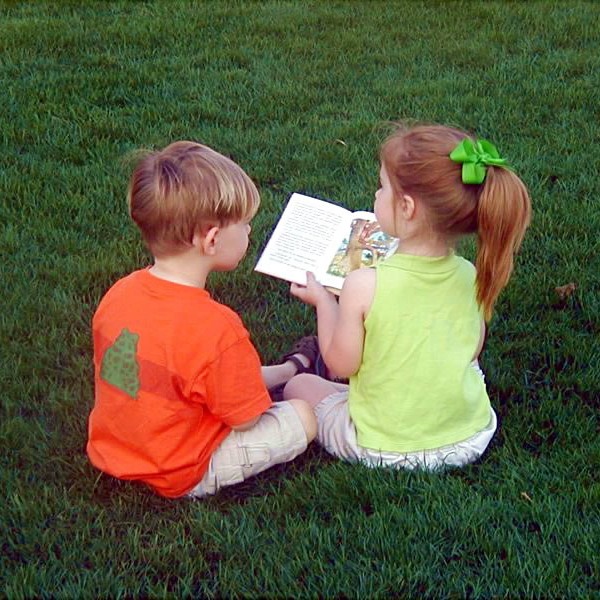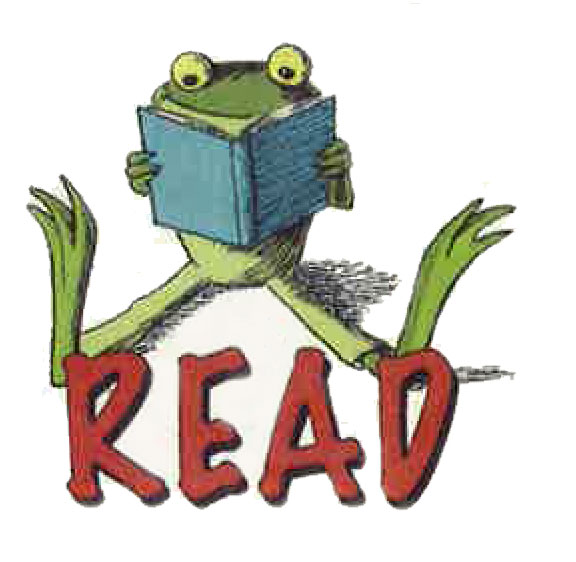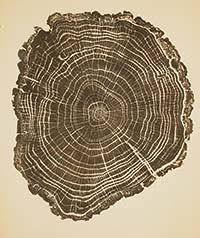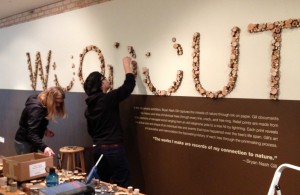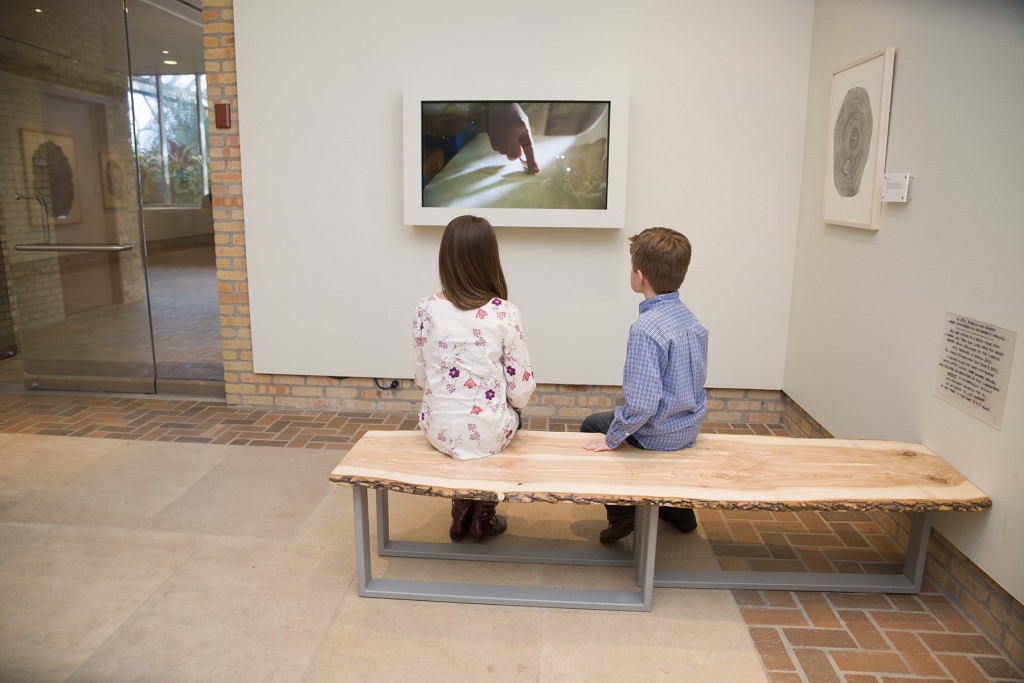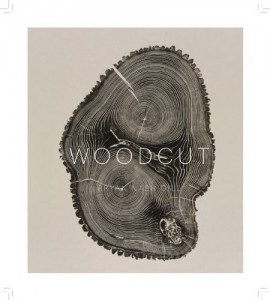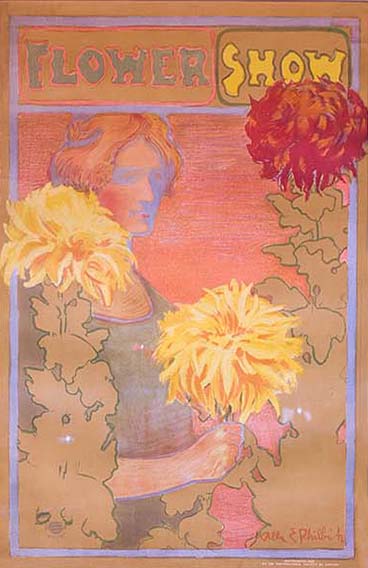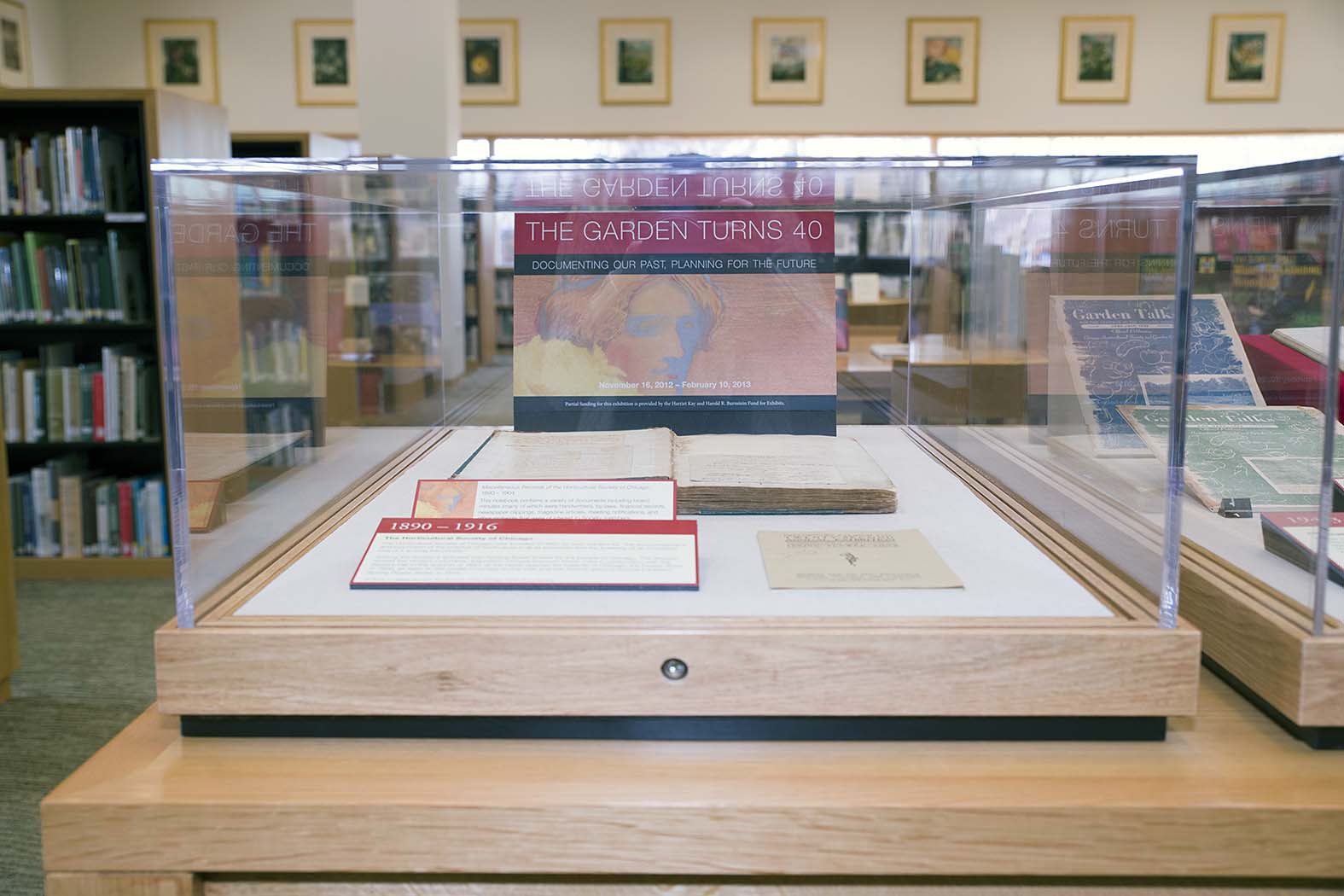It’s a fact: kids can lose valuable reading skills during summer break. It’s called “summer slide,” and the loss can be large—two months worth of lost reading skills is not unusual over the summer, and teachers will tell you that retraining in fall regularly takes up precious class time.
It’s also a fact: by reading just 20 minutes per day, your child maintains his or her reading level through the summer.
At the Lenhardt Library, our creative librarians have come up with a fun way to help you make the latter happen.
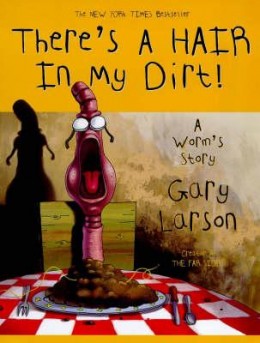


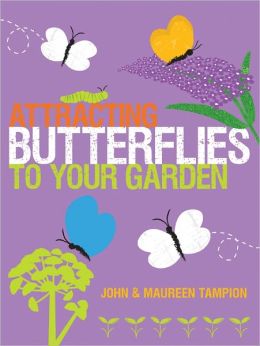
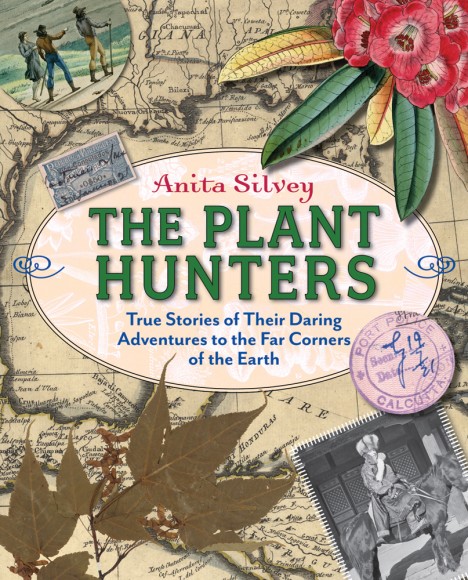
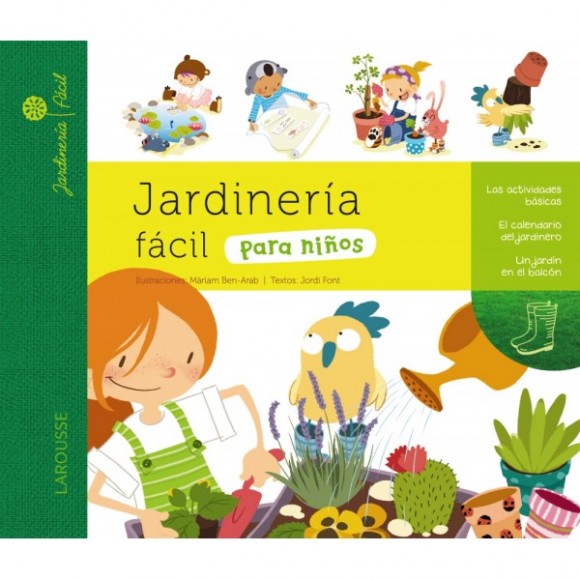
Sign up now to be a Summer Nature Explorer at the Chicago Botanic Garden. Between May 31 and August 17, your child can read books and have fun at drop-in activities, earning stamps and prizes—encouragements that help kids stave off reading loss.
It’s also our library’s link to the National Science Foundation’s STEM program (Science, Technology, Engineering, and Math) that aims to increase science skills in the United States. Here’s the foundation’s interesting and fact-filled site: www.nsf.gov/nsb/sei/edTool.
Here’s how our Summer Reading and Nature Program works:
- Sign up at the Lenhardt Library. Take home a reading and activity log.
- Read a book; get a stamp. The log helps you keep track of your books.
- Play at a Family Drop-In Activity; get a stamp. Great for reluctant readers who learn critical thinking skills in different ways.
- Earn 5 stamps; get a prize. Bring your child to the library for the prize—we don’t want to give away the surprise!
- Earn 10 stamps; get a prize. At 10 books, the reader earns the temporary frog tattoo shown below.
- Earn 15 stamps; get a prize. Hint: it’s something to tuck into your backpack for school.
- Earn 20 stamps; get a big prize. We’ll hand the proud reader a free ticket for his/her admission to Butterflies & Blooms. (Parents, you can sign up, read some great books, and earn your own free ticket, too!)
- Here’s the link for more details: chicagobotanic.org/library/summer_reading.
Not reading yet? Even the pre-K set can sign up! Parents/adults can earn stamps/prizes for littler kids by reading books to them—that’s how a lifelong love of reading begins! (Of course, little kids love getting the same treats as their already-reading siblings, too.)
Of course, members have check-out privileges at the library, but nonmembers are welcome to sit and read—the reading nook (pillows on the floor, kid-sized reading table) has been known to attract many a bookworm parent, too. On the library shelves, look on book spines for:
- Yellow dots = Books for the 2 to 6 crowd
- Yellow dots with blue stars = For readers 7 to 10
- Yellow dots with red stars = Spanish-language books for kids
- Blue tape = New to our collection!
Family Drop-in Activities shake up the routine with a roster of unusual, nature-based activities: kids might dissect a seed at the Grunsfeld Children’s Growing Garden…or search for underwater creatures at Kleinman Family Cove…or make a samurai mask at the Elizabeth Hubert Malott Japanese Garden. Drop-in activities take place every summer day—for the line-up and locations, go to chicagobotanic.org/forfamilies.
And did we mention that it’s all free?
Happy summer reading, and we look forward to seeing you at the circulation desk!
©2014 Chicago Botanic Garden and my.chicagobotanic.org

